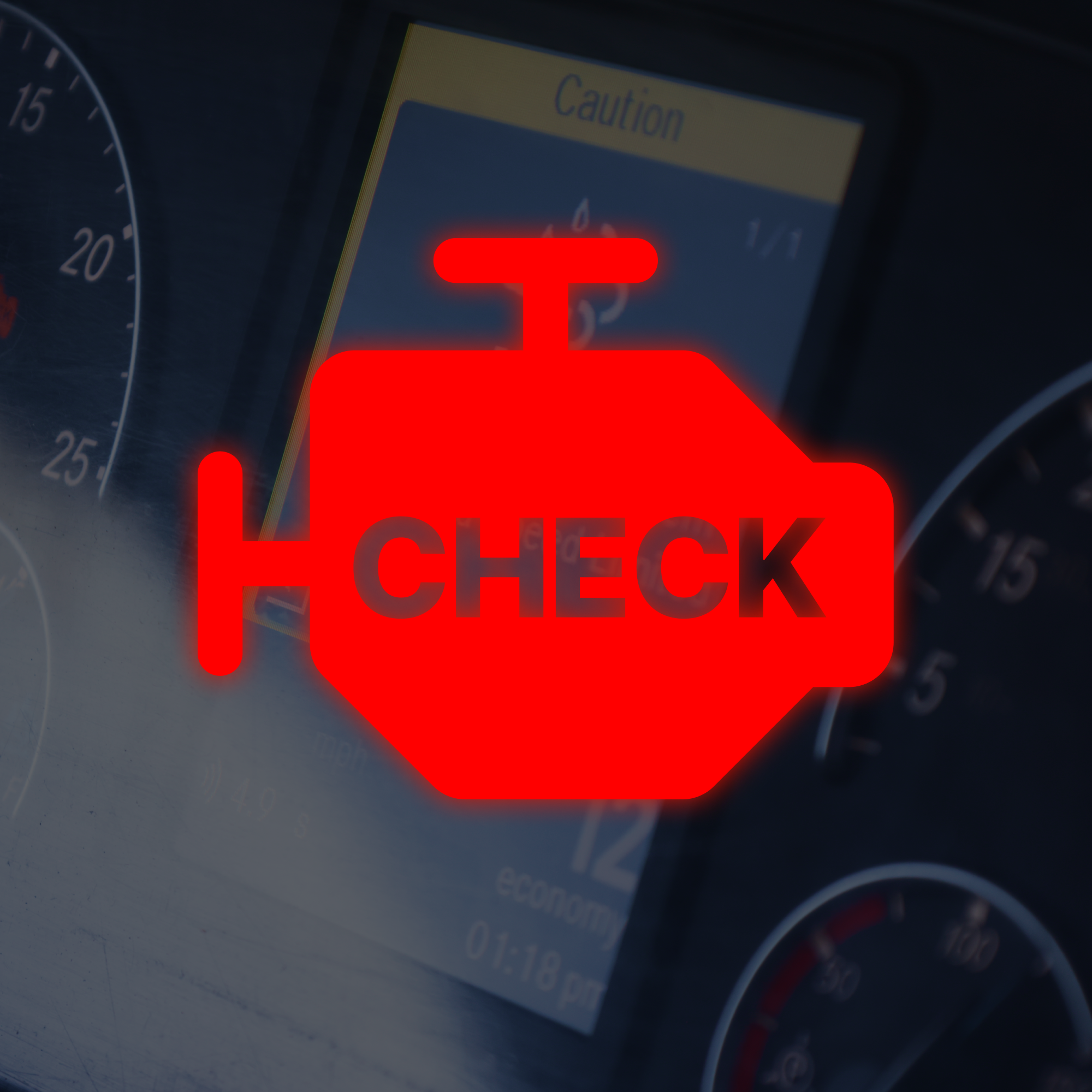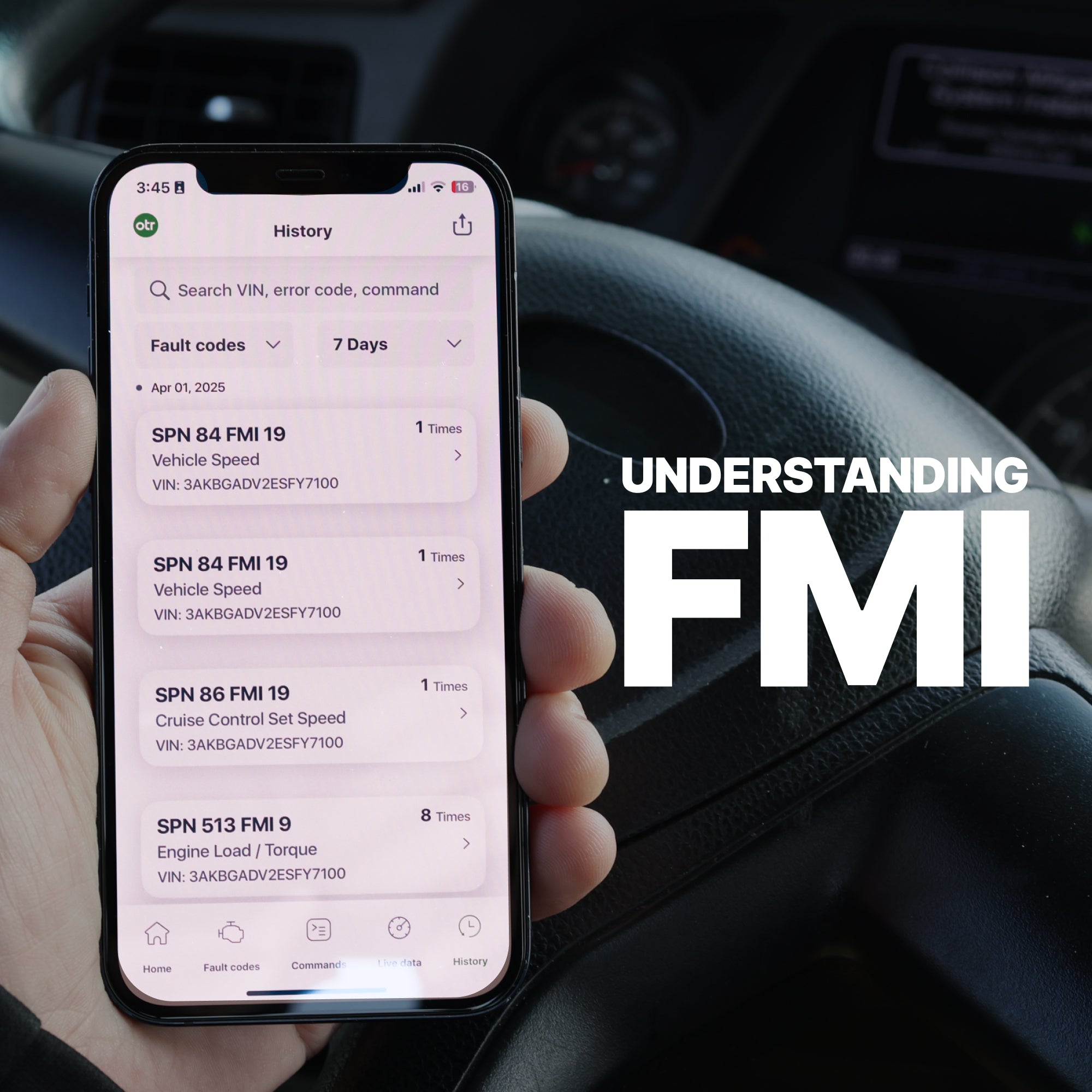OTR Diagnostics Release Notes – 3.0.2 (iOS)
Released April 14, 2025
This release delivers a major upgrade across the OTR Diagnostics platform, bringing expanded OEM PCode support, improved stability, better UI/UX, and deeper diagnostics for PACCAR and Volvo/Mack engines. It also enhances live data capabilities, adapter connectivity, and overall diagnostic accuracy iOS devices.
For PACCAR engines (MX-11 and MX-13, model years 2011–2024), we’ve added full OEM PCode support from EPA10 through EPA21.
This release also fixes an issue where faults would incorrectly fall back to SPN 0/FMI 0, and improves UDS fault decoding and timing to ensure more complete and accurate fault detection. The update includes robust support for ECM (SA 0), ACM (SA 61), and other essential modules.
Volvo and Mack platforms (2014–2025) receive full OEM PCode support as well, covering Volvo D11/D13 and Mack MP7/MP8 engines.
We’ve enhanced support for ECM (SA 16), ACM (SA 17), and I-Shift transmission (SA 24), and introduced a new module mapping structure for clearer system visibility. Fault source identification and labeling are now more accurate across these platforms.
Diagnostics sessions are more reliable thanks to improved fault polling logic, better error handling, and a refined process for waiting until all active, inactive, and OEM faults are fully detected before auto-advancing.
Fault data also now persists longer in the app, reducing the chance of premature clearing, and sessions will now auto-retry if polling attempts return incomplete data.
On iOS specifically, live data for PACCAR engines is more stable and responsive. We added tracking for which channel each response comes from, enabling faster metadata updates and more precise readings.
This update also improves compatibility with OTR Link 2, BL Mini, BL2, and Nexiq adapters, and reduces the appearance of incorrect “No Data” messages. Disconnect scenarios are also handled more gracefully.
We’ve also made visual and functional improvements to the app’s interface. The adapter selection screen has been redesigned for clarity, with cleaner layouts and easier-to-read labels. Fault code displays now prioritize OEM PCodes first, followed by J1939 codes when applicable.
After running commands, the app now automatically refreshes the fault list so you can see changes in real time. You’ll also notice smoother navigation with full support for gesture-based back swipes and a clearer engine detection message when starting diagnostics.
Lastly, the fault history view has been improved so that expanded fault cards display even if an engine type hasn’t been selected. Fault labeling is now more consistent across ECM, ACM, and I-Shift modules. Diagnostic sessions now require login before they can begin, ensuring data is properly saved to your account.





OTR Diagnostics 3.0 for Android: Smarter, Faster, and Stronger Truck Diagnostics